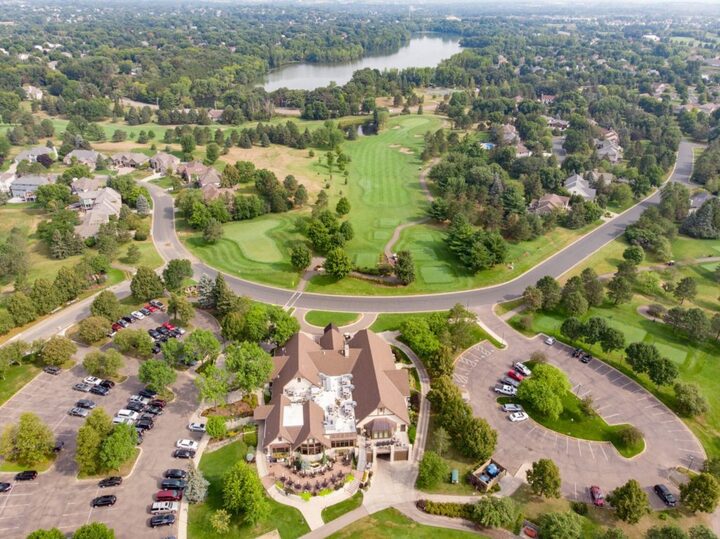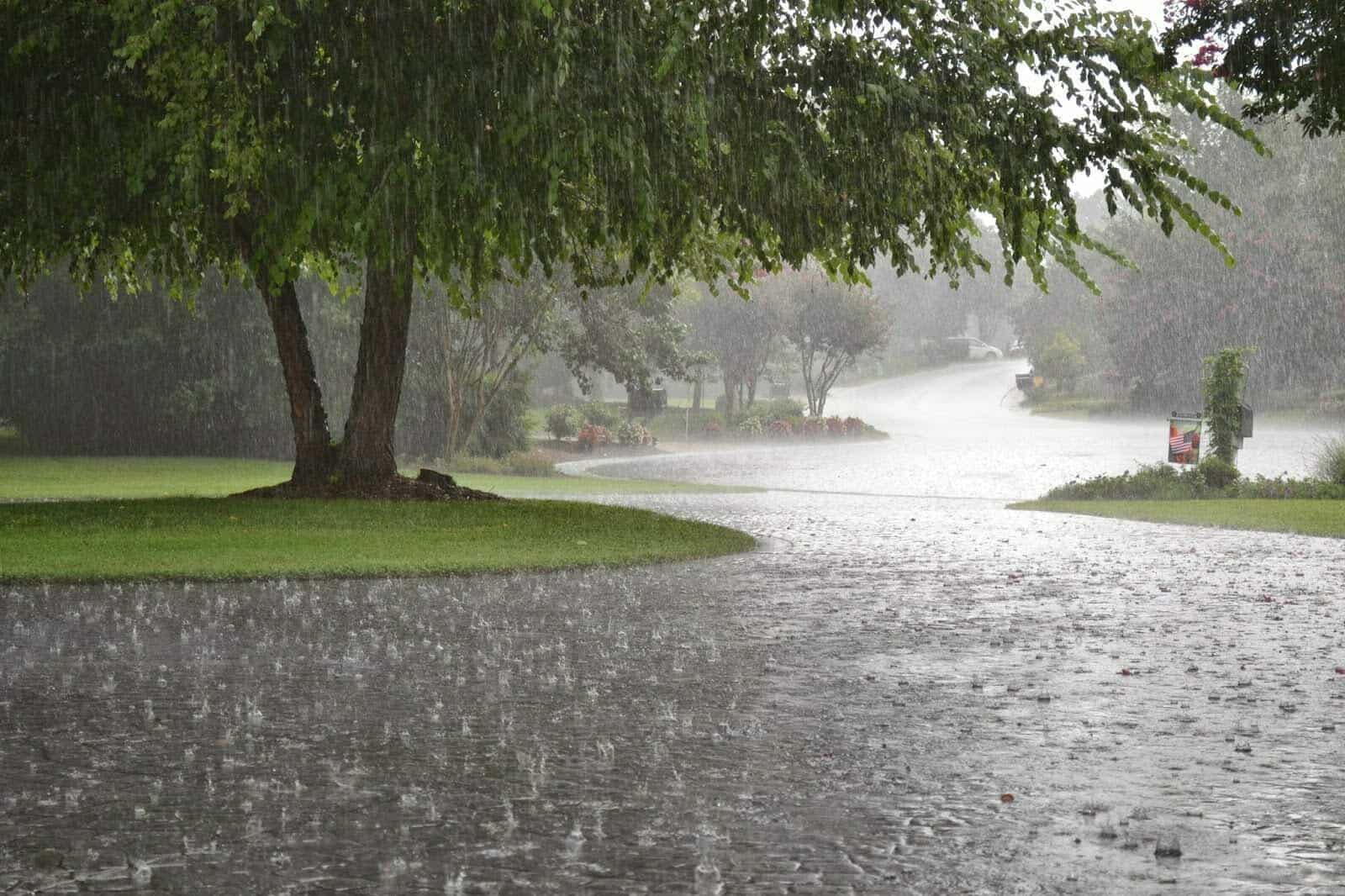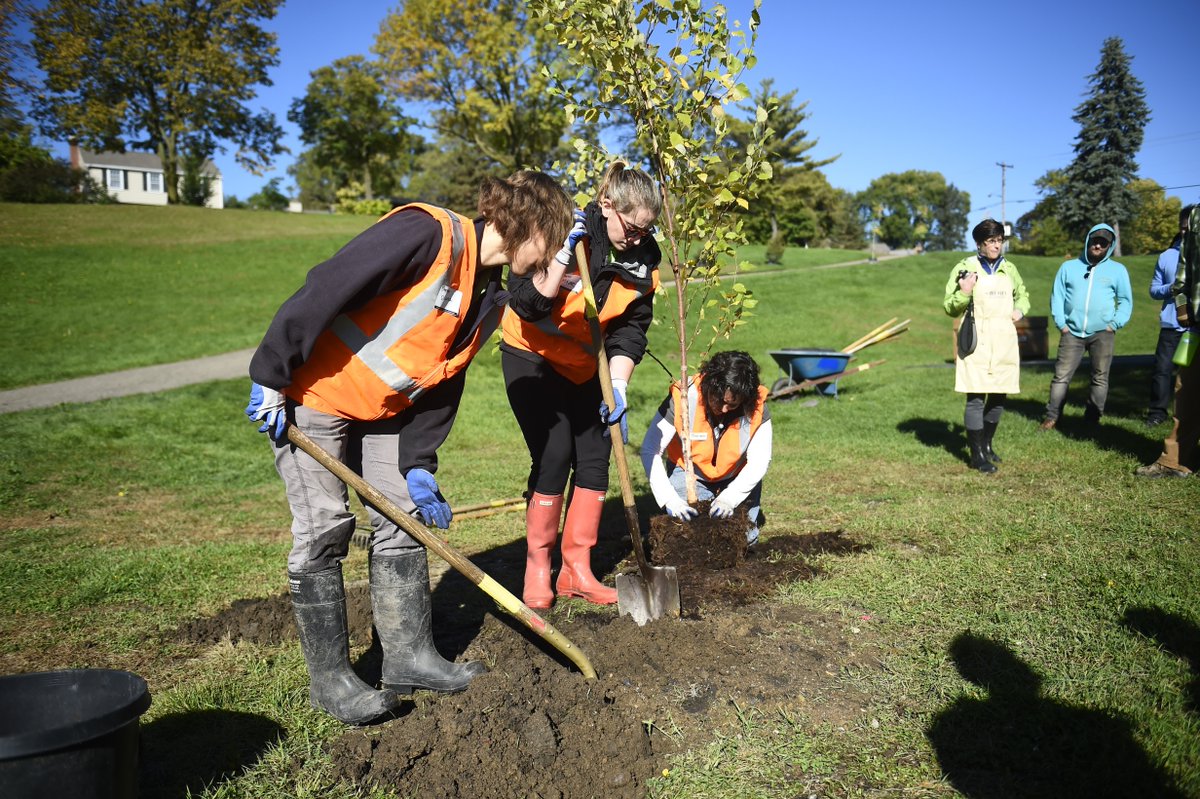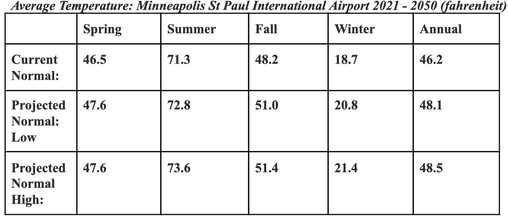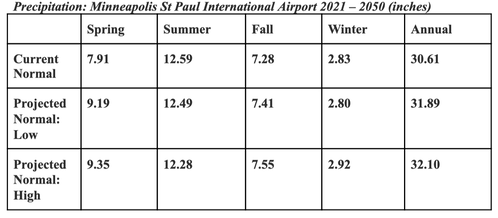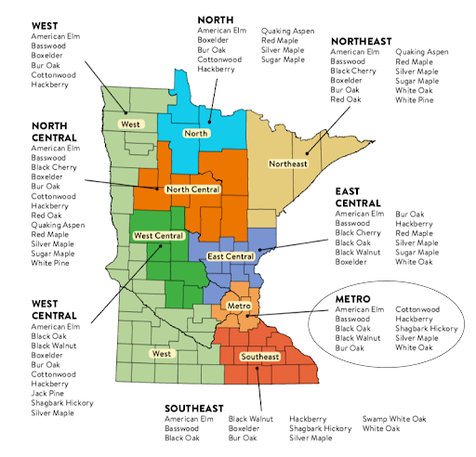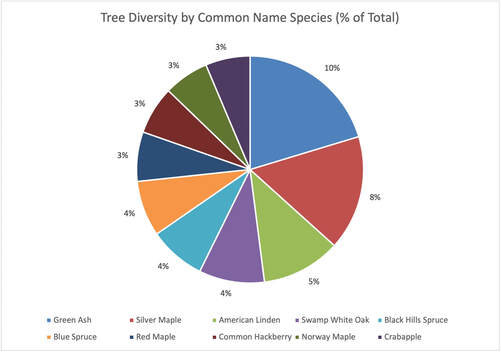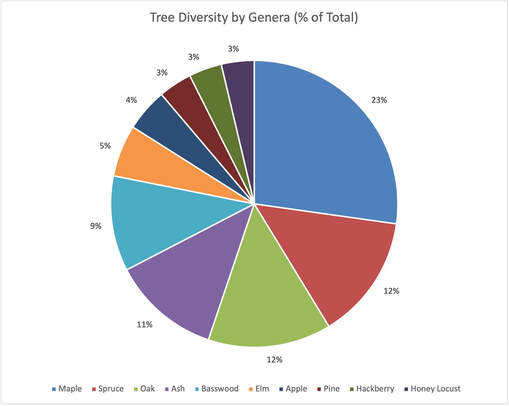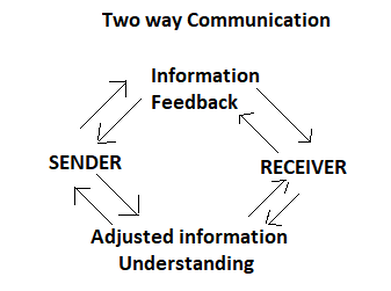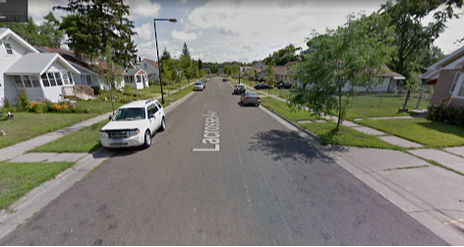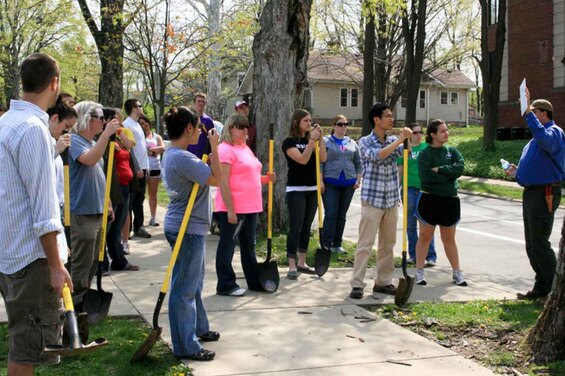Urban Forest Resilience
By Laszlo Marton, Maya O’Brien McLeod, Rebecca Perez & Harrison Karr
As cities and regions begin to prepare and implement climate action plans, urban forests are taking on a new value as they are increasingly seen as important tools for climate adaptation and mitigation.
Urban forests help to mitigate climate change by:
A suburb of the Twin Cities, Woodbury has a population of around 70,000 people and is the ninth largest city in Minnesota. The following information will include recommendations for forest resiliency as well as community engagement strategies that will allow the city of Woodbury foster a strong relationship between community members, city staff, and their environment, laying the foundation for a resilient urban forest in Woodbury for generations to come.
Urban forests help to mitigate climate change by:
- capturing and storing carbon dioxide,
- decreasing energy needs,
- reducing runoff of stormwater,
- and reducing urban heat island effect.
A suburb of the Twin Cities, Woodbury has a population of around 70,000 people and is the ninth largest city in Minnesota. The following information will include recommendations for forest resiliency as well as community engagement strategies that will allow the city of Woodbury foster a strong relationship between community members, city staff, and their environment, laying the foundation for a resilient urban forest in Woodbury for generations to come.
Adapting to Climate Change
What do future climate projections for Woodbury look like?
|
Creating Diverse Urban ForestWhat is the current tree diversity, and how might Woodbury develop a diversity framework?
|
Community EngagementHow can we effectively engage residents of Woodbury in order to create a more resilient forest?
|
